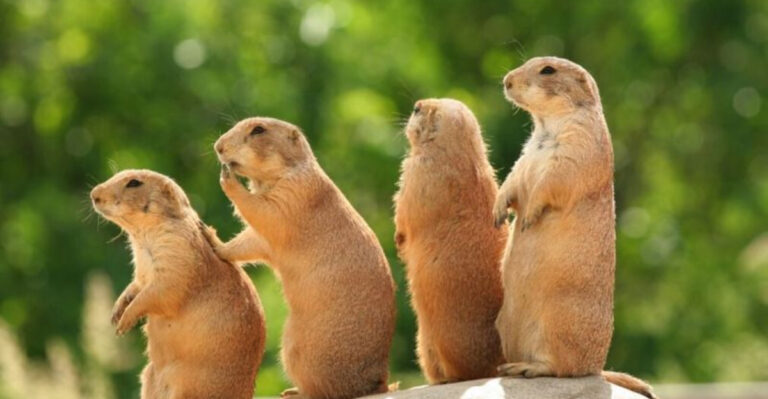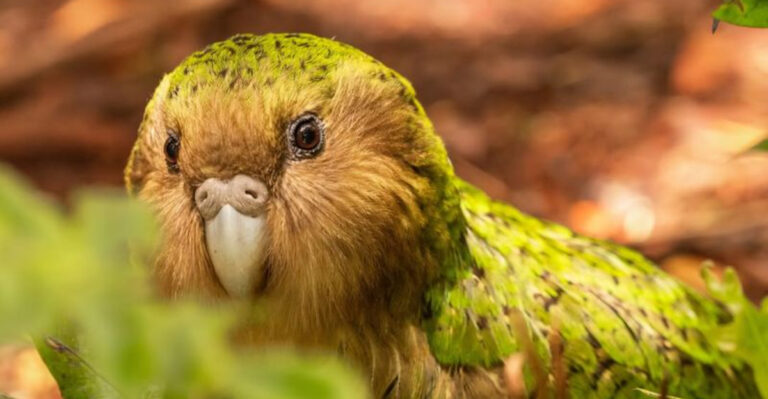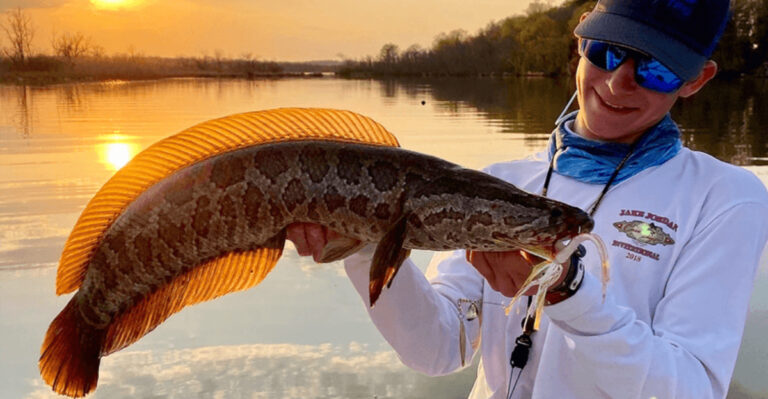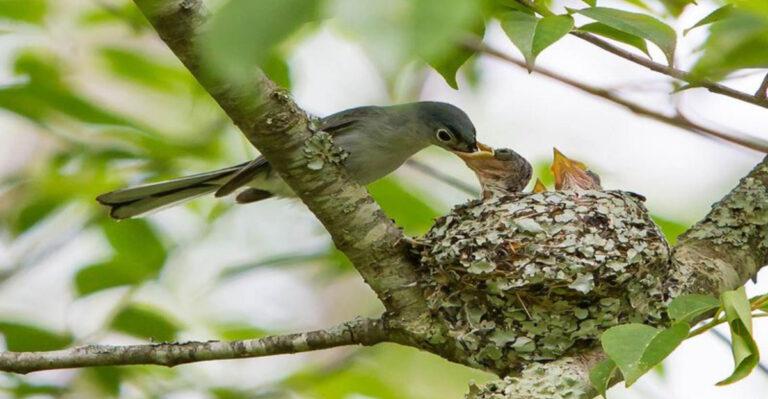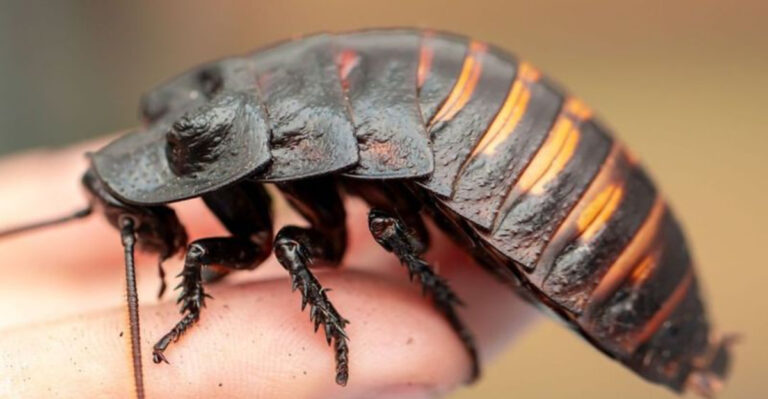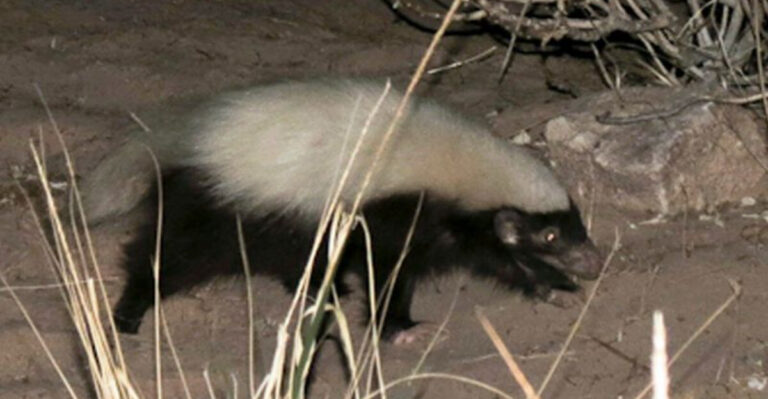15 Stunning Purple Birds That Bring Majesty To Your Garden
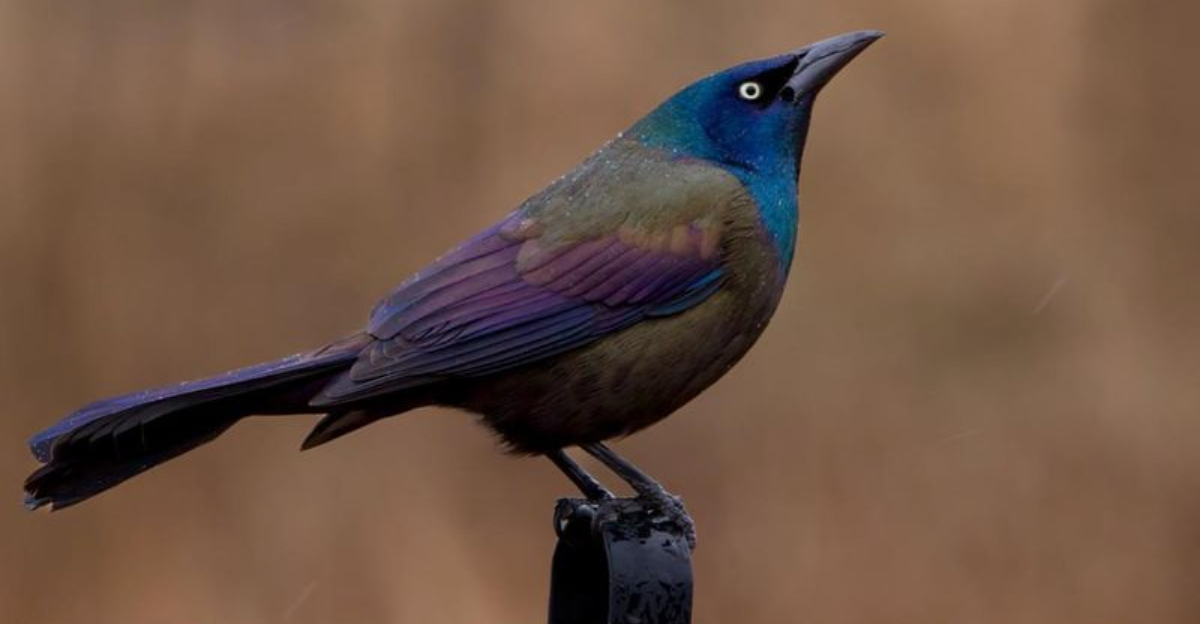
Have you ever spotted a flash of purple among the greenery of your garden? Purple birds are some of nature’s most breathtaking creations, adding a touch of royalty to any backyard landscape.
These vibrant feathered friends not only bring beautiful colors to your outdoor space but also contribute to the local ecosystem.
1. Purple Martin
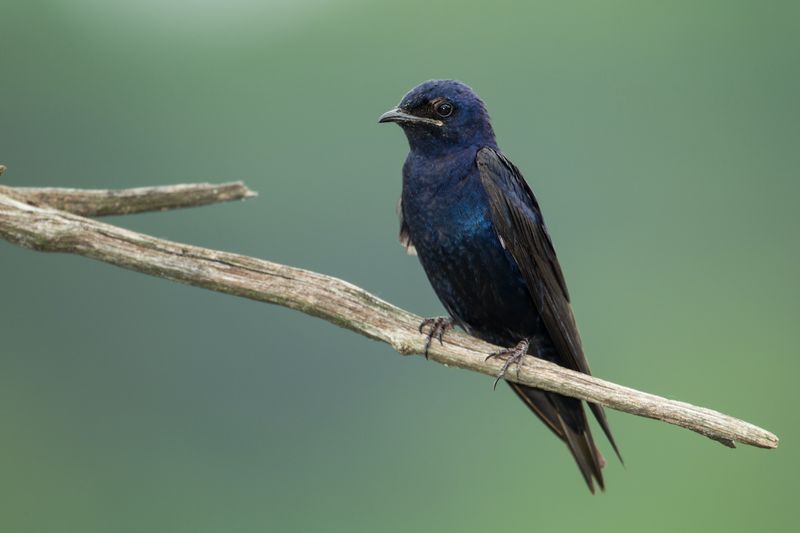
America’s largest swallow dazzles with its deep purple-blue plumage that shimmers in sunlight. Males display the richest coloration, while females show more subtle grayish tones underneath.
These aerial acrobats can consume thousands of mosquitoes daily, making them natural pest controllers for your garden. Colonizers by nature, they prefer to nest in groups and return to the same locations year after year.
2. Violet-Backed Starling
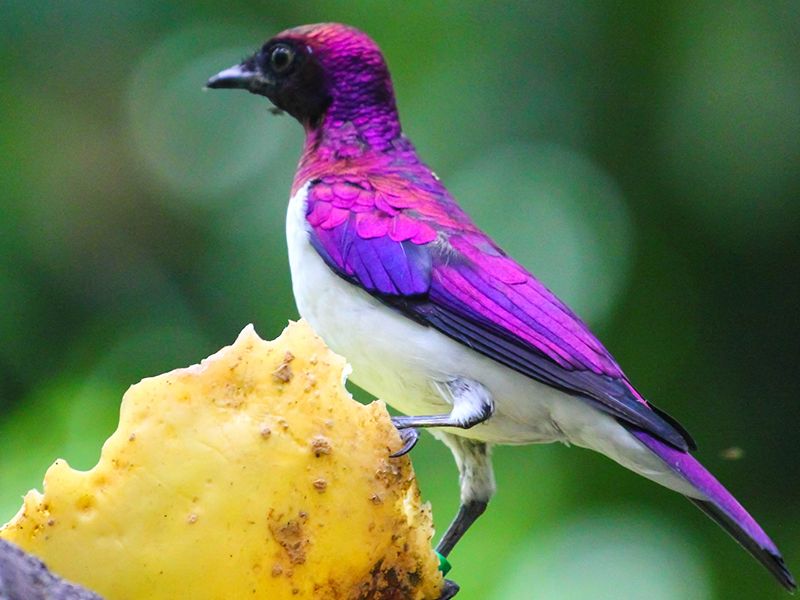
Often called the Plum-colored Starling, the male’s stunning amethyst back contrasts dramatically with its white underparts. This African native creates a jaw-dropping visual when sunlight hits its feathers, revealing an almost metallic purple sheen.
Females sport a subtler brown plumage with streaked underparts. Though rare in North American gardens, lucky international bird enthusiasts occasionally spot these jewels feasting on fruits and insects.
3. Purple Gallinule
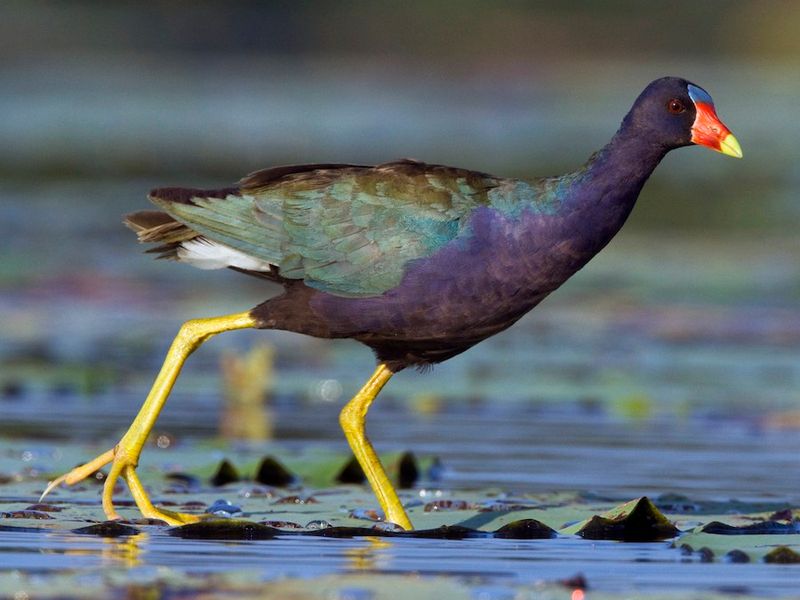
Walking atop lily pads with oversized yellow feet, this tropical beauty looks like it stepped out of a fantasy book. Its plumage transitions from deep blue on the head to turquoise on its back and rich purple on its neck and breast.
Red bills and white undertail coverts complete their flamboyant appearance. Wetland gardeners might spot these colorful characters stalking through shallow water, hunting for insects, frogs, and aquatic plants.
4. Violet Sabrewing Hummingbird
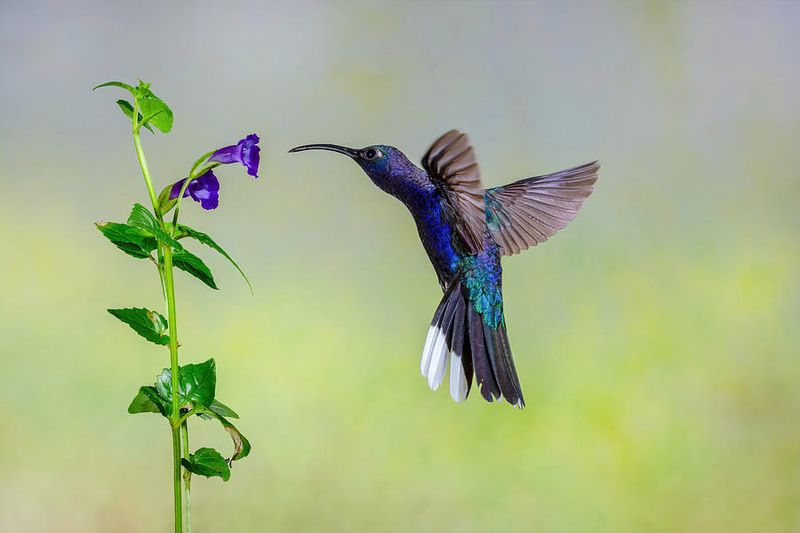
Measuring nearly 6 inches long, this giant among hummingbirds flaunts a magnificent violet-purple head and upper body. Its namesake curved bill perfectly reaches deep into trumpet flowers for sweet nectar.
Males perform spectacular diving displays to impress females, creating distinctive whooshing sounds with their wings. Garden enthusiasts in Central America can attract these purple marvels with bright flowering plants and specialized hummingbird feeders.
5. Purple Honeycreeper
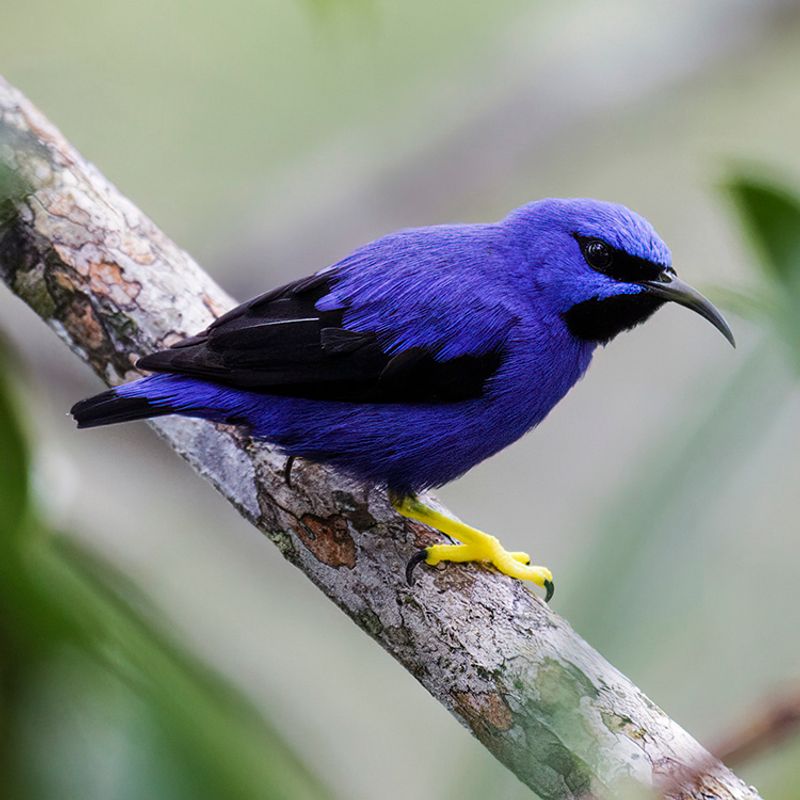
Sporting a vibrant purple body with contrasting black wings and mask, this tropical stunner brings Caribbean flair to lucky gardens. Its curved yellow bill specializes in extracting nectar from flowers, though it happily devours fruits and insects too.
Females wear an equally striking green outfit instead of purple. These social birds often travel in mixed flocks, bringing bursts of color and activity as they flit through flowering trees and shrubs.
6. Common Grackle
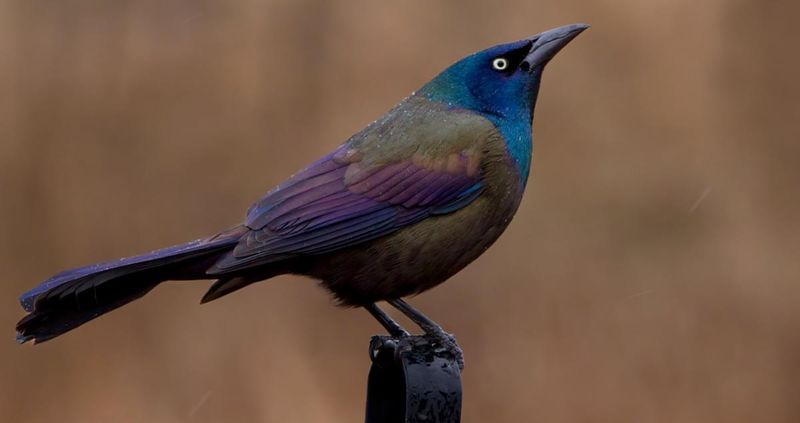
Don’t let the name fool you—there’s nothing common about the iridescent purple head that transitions to a bronze body on this North American bird. When sunlight hits just right, their dark feathers explode with metallic purple, blue, and bronze highlights.
Gregarious by nature, they might arrive in your garden in small flocks. Their distinctive yellow eyes and keel-shaped tails make them easy to identify as they forage on the ground for seeds and insects.
7. Purple Finch
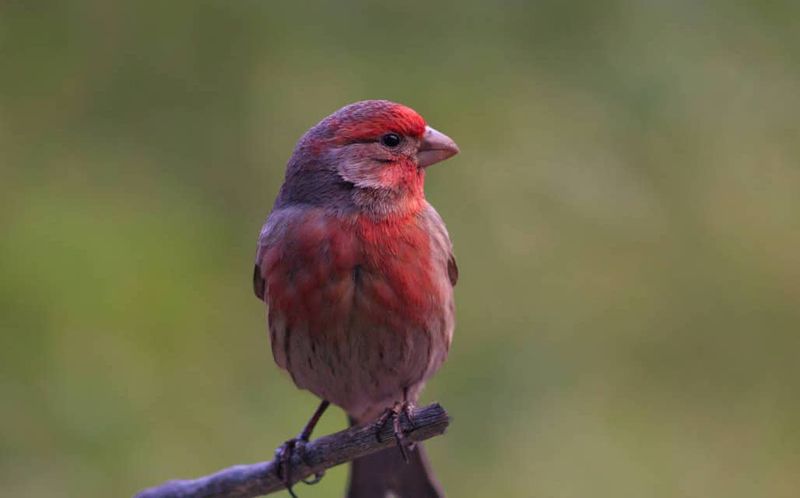
Unlike its name suggests, male Purple Finches aren’t truly purple but rather appear as if they’ve been dipped in raspberry juice. This rosy-red wash covers the head, breast, and back, creating a delightful purplish hue that brightens any bird feeder.
Females sport crisp brown and white streaking. Their sweet, warbling song fills gardens throughout eastern North America, especially in winter when they visit feeders filled with black oil sunflower seeds.
8. Violet-Crowned Woodnymph
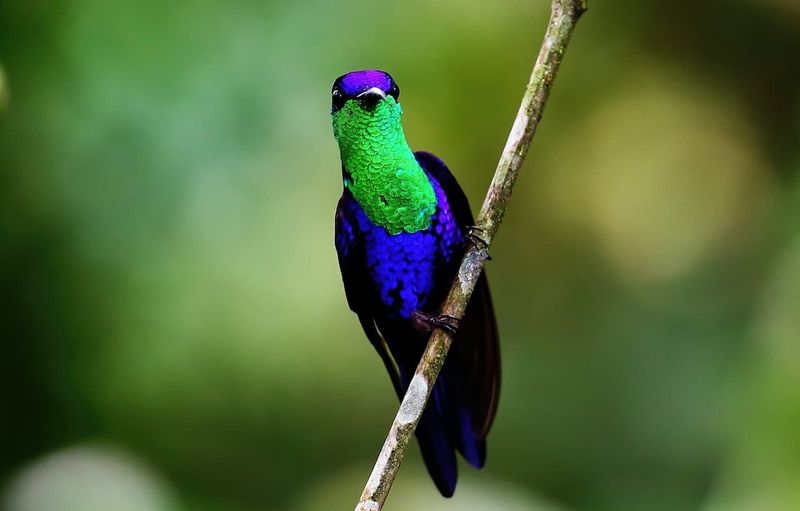
Flashing a brilliant violet crown and throat, this hummingbird jewel zips through Central American gardens like a flying amethyst. Its emerald-green body creates a stunning contrast to the violet headpiece that gives this tiny beauty its name.
Garden enthusiasts report them hovering in place with remarkable precision before darting to the next flower. Plant tubular blooms in red and orange to attract these purple-crowned wonders to your tropical garden space.
9. Purple Sunbird
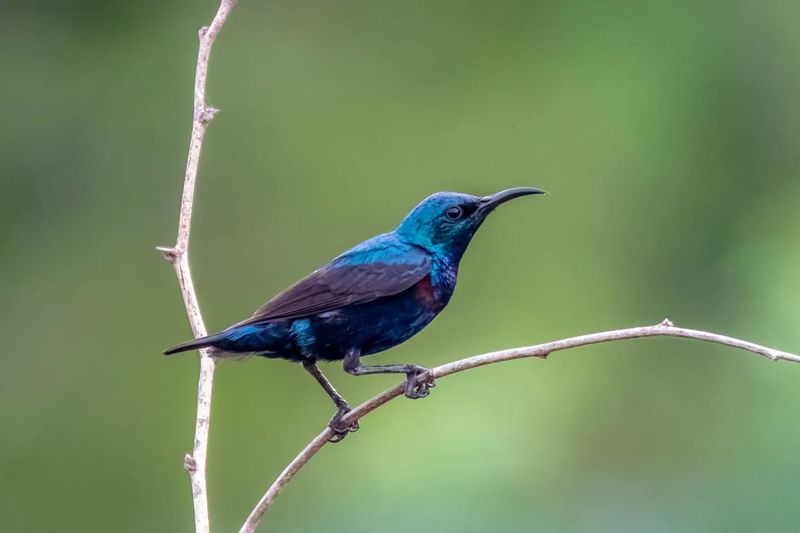
Males transform from drab olive to spectacular metallic purple during breeding season, creating a dramatic garden spectacle across South Asia. Their slender, curved bills probe deep into flowers for nectar, often leaving with foreheads dusted in pollen.
Barely larger than a hummingbird, these energetic birds dart between blooms with incredible speed. Their distinctive chirping calls announce their presence before you spot their gleaming purple bodies among your garden’s flowering plants.
10. Varied Bunting
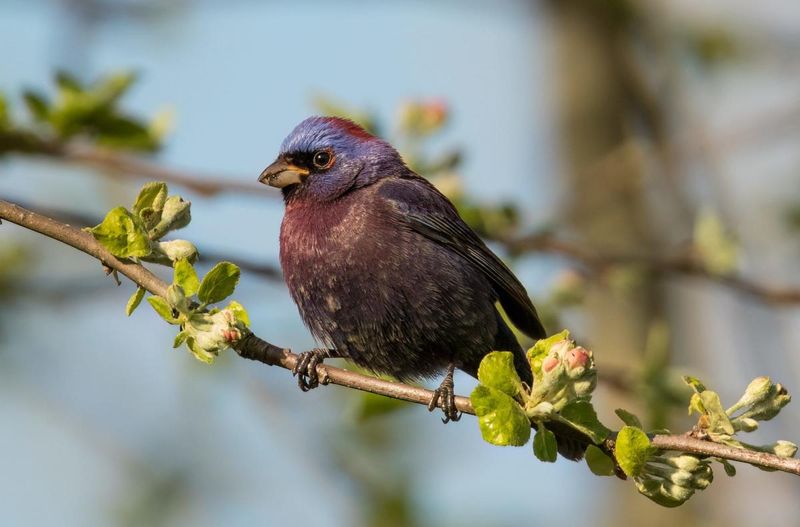
A patchwork of purple, red, and blue makes the male Varied Bunting look like a living stained-glass window. Found in southwestern gardens, this colorful songbird sports a rich purple head and neck that transitions to rusty red on its back.
Desert gardeners might spot these secretive birds skulking through dense brush. Their melodious warbling song often reveals their presence before their brilliant colors catch your eye among the desert scrub and flowering cacti.
11. Costa’s Hummingbird
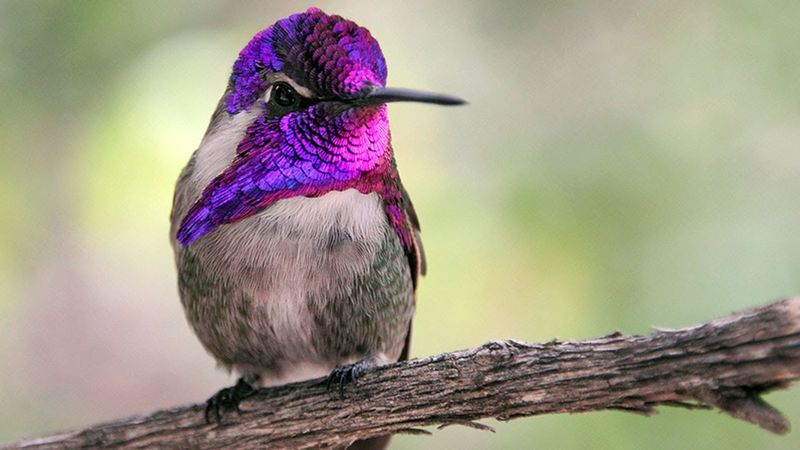
Males flaunt an extraordinary purple gorget (throat patch) that extends into spectacular side plumes, creating a magnificent purple mustache effect. This desert jewel brings unexpected color to arid southwestern gardens with its iridescent violet throat that changes from black to brilliant purple as it catches the light.
Females lack the purple but charm with their tiny size and acrobatic hovering. Plant desert salvias and penstemons to attract these purple-throated dynamos to your xeriscape garden.
12. Purple-Throated Carib
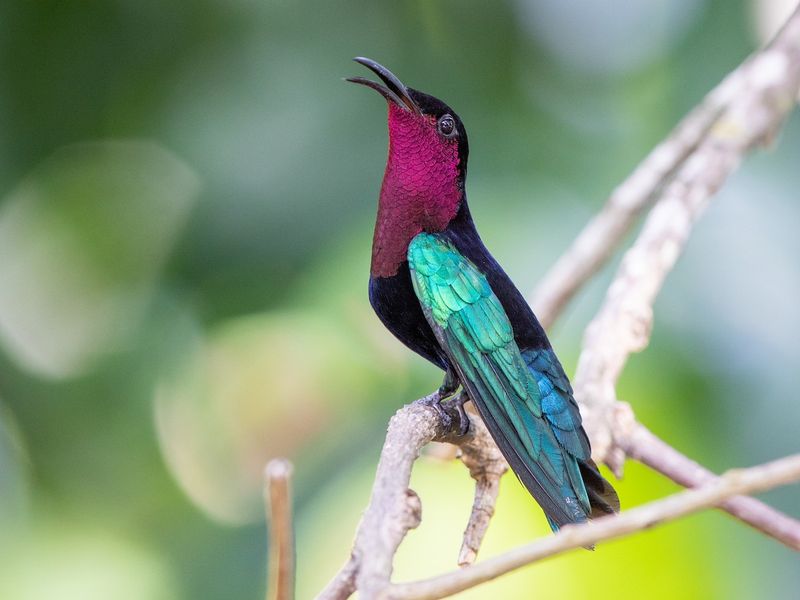
Boasting a glittering purple throat that contrasts with its emerald body, this Caribbean hummingbird brings tropical splendor to island gardens. Its long, curved bill has evolved specifically to match the shape of heliconia flowers, creating a perfect pollination partnership.
Males defend flowering territories with impressive aerial displays. Plant bright red and orange tropical flowers to entice these purple-throated beauties to become regular visitors, where they’ll help pollinate your garden while flashing their brilliant colors.
13. Violet Cuckoo
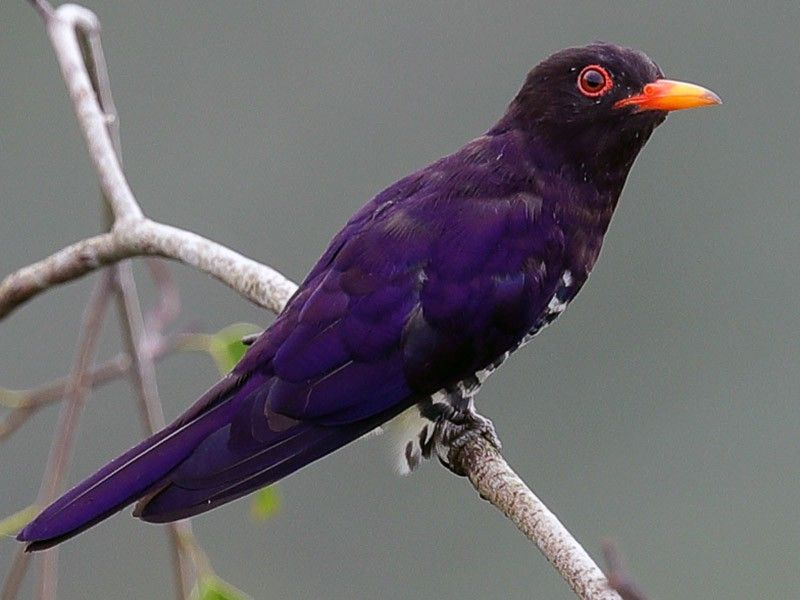
Mysterious and rarely seen, this Southeast Asian beauty wears a cloak of violet-purple across its entire upper body. Unlike many birds that hide their colors underneath, the Violet Cuckoo boldly displays its purple plumage from head to tail.
Garden spotters in tropical Asia might glimpse this secretive bird in the canopy. Their distinctive calls often reveal their presence long before their purple forms become visible among the leaves, where they hunt for caterpillars and insects.
14. Purplish Jay
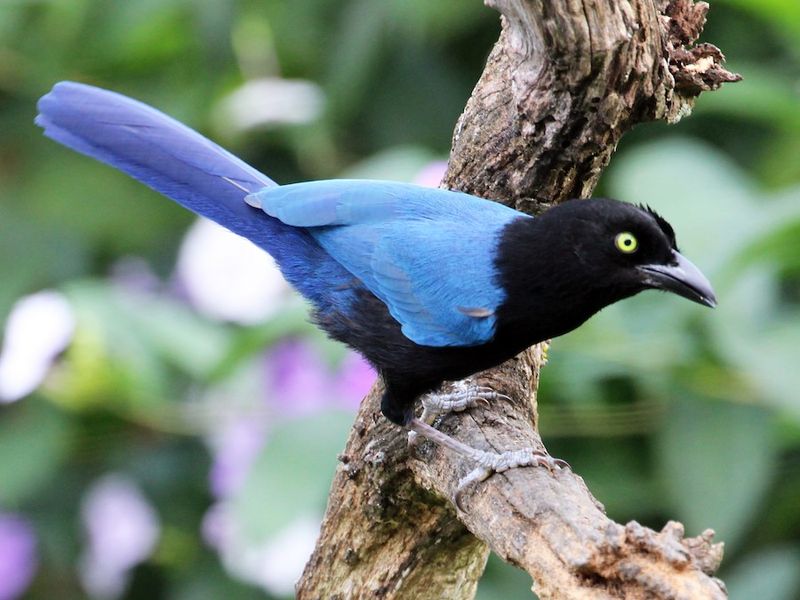
Flamboyant and social, these South American corvids sport a rich purplish-blue body with a distinctive black crest and facial mask. Larger than many garden birds, their intelligent antics provide endless entertainment as they investigate everything in their territory.
Garden enthusiasts in parts of Brazil and Argentina might spot these inquisitive birds inspecting fruit trees. Their loud, raucous calls announce their presence to the entire neighborhood as they travel in small family groups through garden canopies.
15. Violet-Green Swallow
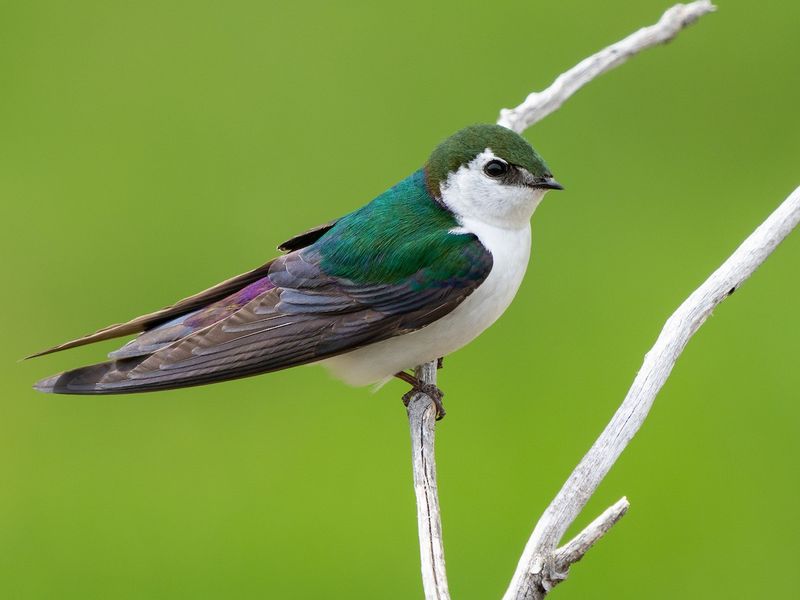
Though primarily green above, these aerial acrobats flash stunning purple rumps and violet throat patches during their lightning-fast flights through western gardens. Their pristine white underparts create a striking contrast to the iridescent purple and green upper surfaces.
Masters of flight, they snatch insects mid-air while barely slowing down. Western gardeners can attract these purple-flashed beauties by installing nest boxes near open areas, where they’ll provide natural mosquito control while displaying their colorful plumage.

